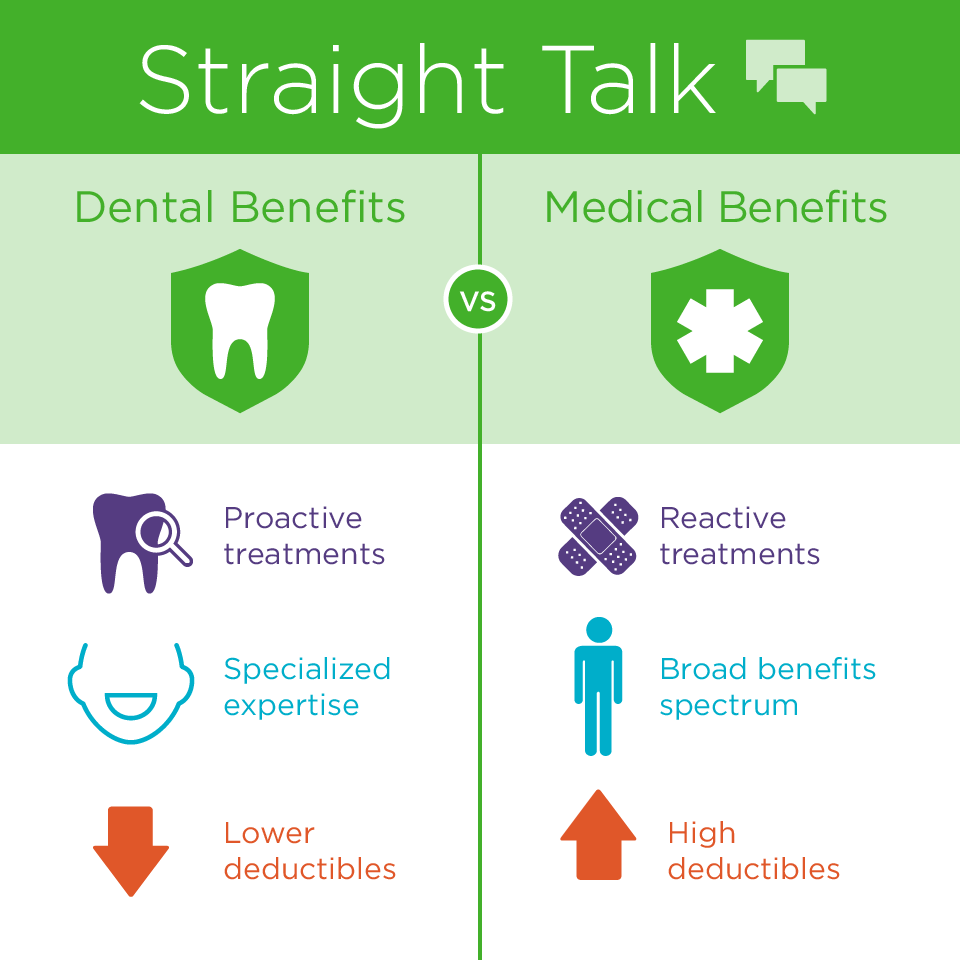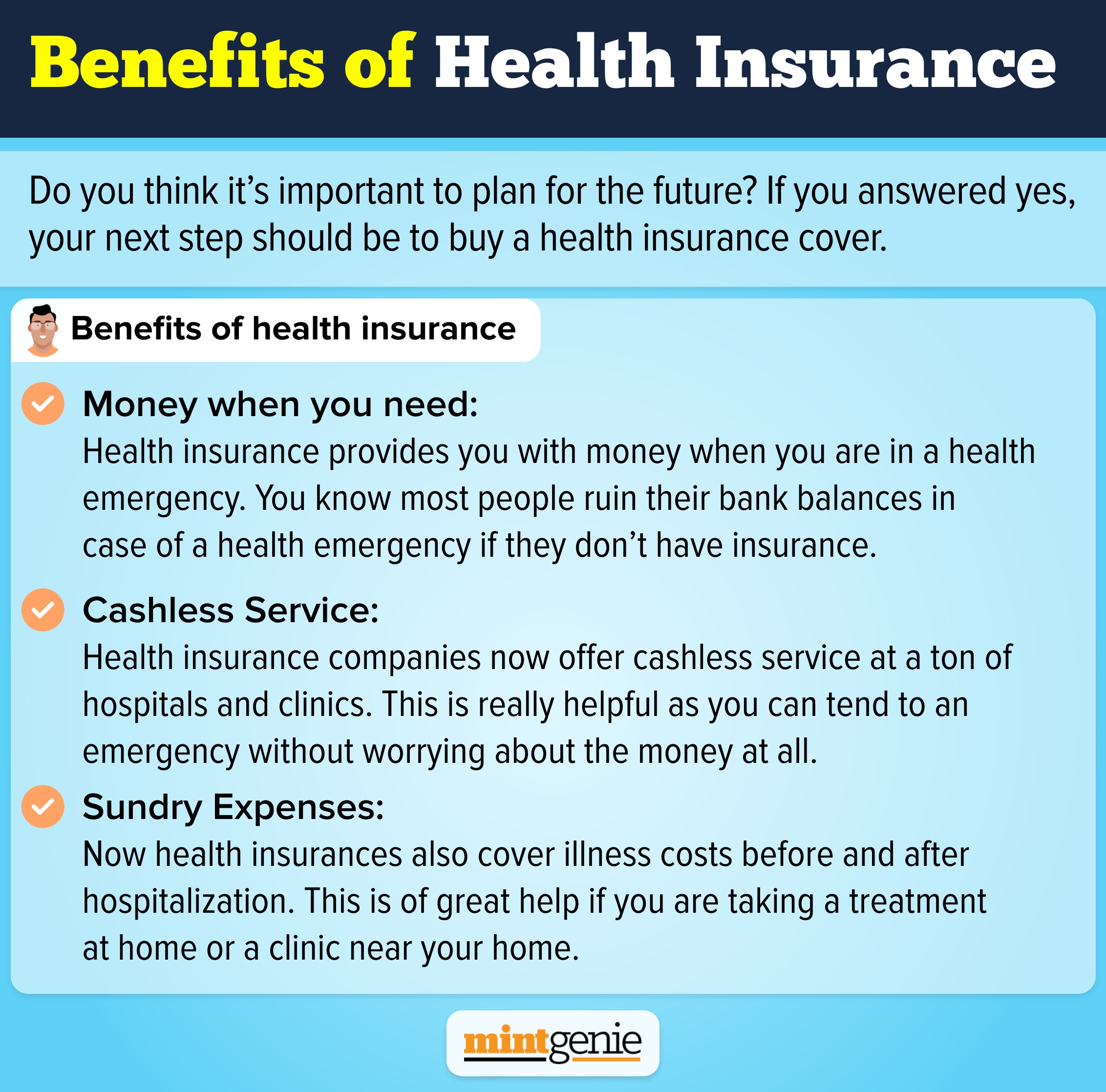Medicare Advantage Agent Things To Know Before You Buy
Medicare Advantage Agent Things To Know Before You Buy
Blog Article
Get This Report about Medicare Advantage Agent
Table of ContentsThe smart Trick of Medicare Advantage Agent That Nobody is DiscussingSome Known Questions About Medicare Advantage Agent.Unknown Facts About Medicare Advantage Agent

follows from confusing the relatively young age profile of the uninsured with the better healthFar better wellness average, standard younger persons. For those without access to work environment health and wellness insurance policy, inadequate wellness is a possible barrier to buying nongroup insurance coverage since such coverage might be extremely valued, omit preexisting conditions, or be merely unavailable. Unless otherwise noted, national estimates of individuals without wellness insurance coverage and percentages of the population with various kinds of protection are based on the CPS, the most commonly made use of source of estimates of insurance coverage and uninsurance rates.
:max_bytes(150000):strip_icc()/types-of-employee-benefits-and-perks-2060433-Final-edit-60cedb43c4014fdeb51aa3cd3c25f027.jpg)
Everything about Medicare Advantage Agent
The connection in between wellness insurance policy and access to care is well established, as recorded later on in this chapter. The connection between health insurance policy and wellness outcomes is neither straight neither straightforward, a comprehensive scientific and health and wellness services research study literature links wellness insurance policy coverage
to improved access accessibility care, better much better, and improved enhanced individual population populace health and wellness. The second record, on individual wellness results for without insurance adults, is stood for by the innermost circle of the figure, while the third record, on family wellness, incorporates the topics of the second report yet stresses a different device of analysis, particularly, the family.
Additionally, it concentrates particularly on those without any type of medical insurance for any size of time. The problems faced by the underinsured remain in some areas comparable to those encountered by the without insurance, although they are typically much less serious. Uninsurance and underinsurance, nevertheless, include noticeably different plan problems, and the methods for addressing them might differ. Throughout this study and the 5 reports to adhere to, the major emphasis is on individuals without any wellness insurance coverage and therefore no support in paying for wellness care beyond what is readily available through charity and safeguard organizations. Health and wellness insurance policy is an effective factor influencing invoice of care because both individuals and physicians reply to the out-of-pocket cost of services. Health and wellness insurance, nevertheless, is neither necessary neither adequate to access to clinical services. The independent and direct result of wellness
insurance coverage protection access accessibility health health and wellness is well established. Others will certainly acquire the health and wellness treatment they require even without medical insurance, by paying for it out of pocket or seeking it from carriers that offer treatment complimentary or at extremely subsidized rates. For still others, medical insurance alone does not ensure invoice of care due to various other nonfinancial obstacles, such as an absence of healthcare providers in their neighborhood, minimal access to transport, illiteracy, or linguistic and cultural distinctions. Formal research regarding without insurance populaces in the United States dates to the late 1920s and early 1930s when the Committee on the Expense of Medical Treatment produced a series of records regarding financing medical professional workplace gos to and hospitalizations. This problem ended up being significant as the varieties of clinically indigent climbed up throughout the Great Clinical depression. Empirical studies constantly support the web link in between accessibility to care and improved health and wellness outcomes(Bindman et al., 1995; Starfield, 1995 ). Having a regular resource of care can be taken into consideration a predictor of access, instead of a straight action of it, when health results are themselves used as accessibility indications. This expansion of the idea of access measurement was made by the IOM Board on Checking Accessibility to Personal Healthcare Solutions(Millman, 1993, p. Whether moms and dads are guaranteed appears to affect whether or not their youngsters receive treatment as well as just how much careeven if the youngsters themselves have Check Out Your URL insurance coverage(Hanson, 1998). The health of parents can affect their ability to take care of their youngsters and the degree of household tension. Stressing over their youngsters's access to care is itself a resource of tension for parents. 3 phases adhere to in this report. Phase 2 offers an introduction of how employment-based health and wellness insurance coverage, public programs and private insurance plan run and engage to supply considerable however incomplete insurance coverage of the U.S. population. This consists of an evaluation of historical patterns and public policies affecting both public and personal insurance coverage, a discussion of the communications among the different kinds of insurance policy, and an evaluation of why people relocate from one program to one more or end up

Report this page